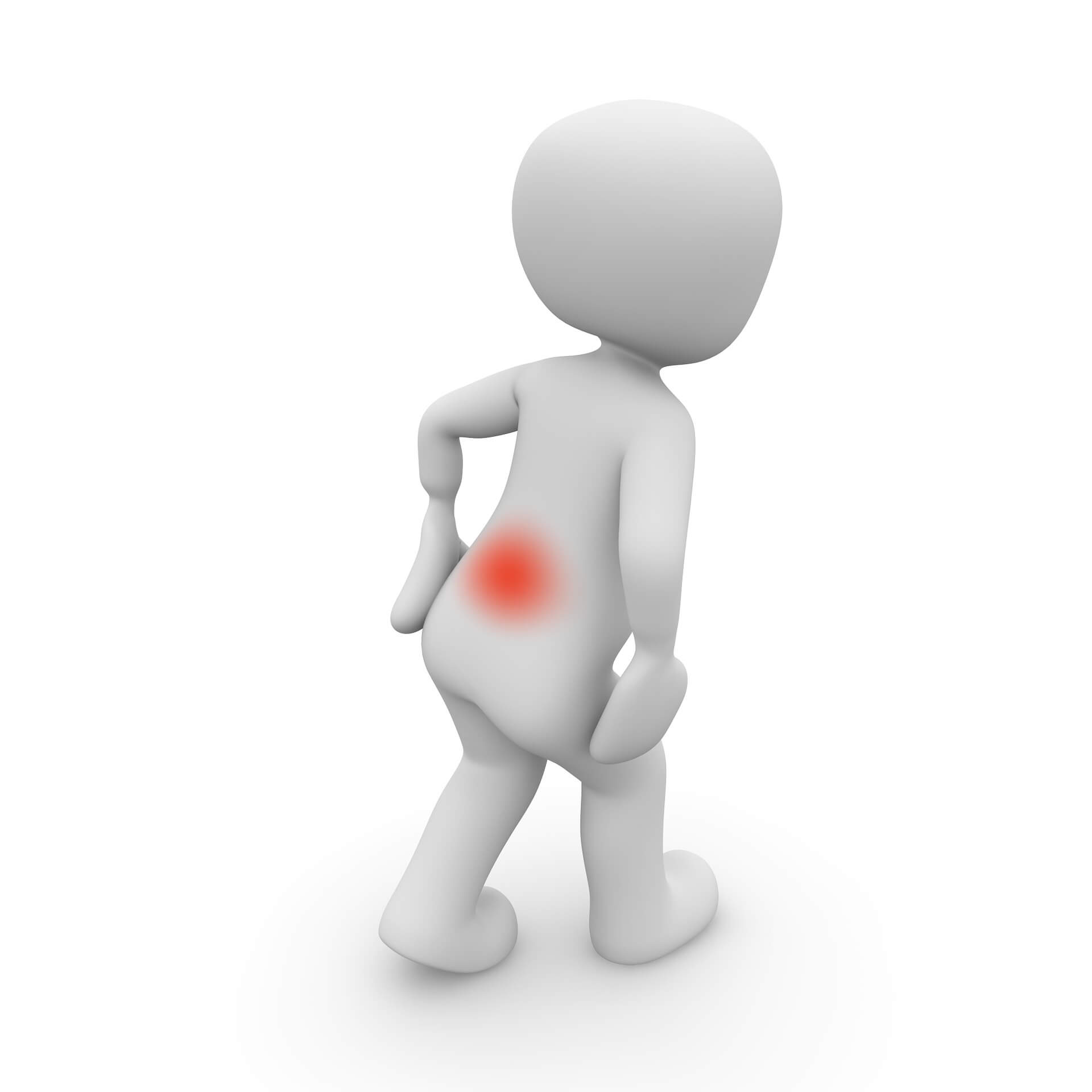How Chiropractic Helps Those That Suffer from Iliotibial Band Syndrome
Iliotibial band syndrome (ITBS) is a common injury with both athletes and non-athletes. The iliotibial band is often overlooked which can lead to a chronic condition but, if caught early and with proper treatment, ITBS can be managed. ITBS often responds very well to chiropractic care since it involves the pelvis and related muscles. It is also important to address the cause of the improper movement, which can also be aided by chiropractic. When the mechanics of the muscles of the pelvis are not functioning properly, the IT band often becomes very tight to make up for lost stability while sacrificing mobility and causing pain.
What is the Iliotibial Band?
The Iliotibial Band, or fasciae latae, is the outer section of connective tissue that runs along the outer thigh, from the top of the pelvis to the outside of the knee. The primary function of the TFL (the muscle that connects the IT band to the hip) is, along with the gluteus maximus, to stabilize the pelvis over the femur. This happens with crawling, walking, and running. Over time, this tissue thickens depending on what stress we put it through through in our life and can become painful, thus, iliotibial band syndrome.
There are two primary muscles that are involved in iliotibial band syndrome like discussed above, the buttock muscle, or gluteus maximus, and the tensor fasciae latae muscles.
Iliotibial Band Syndrome Defined
Two common places to feel pain from the IT band is at the hip and/or the knee. As the iliotibial band thickens it pulls in the area where it connects to the knee. This results in knee pain due to the application of too much pressure on the bursa. The bursa becomes swollen, inflamed, and painful.
The other end of the iliotibial band is inserted at the glutes so as the band tightens from this activity, it can trigger iliotibial band syndrome pain. Repeated activity further aggravates it, as does running on tight indoor tracks or uneven roads as well as having collapsed arches or running it inferior or worn out running shoes, anything that requires an increase in stability of the pelvis.
Symptoms of Iliotibial Band Syndrome
Symptoms from ITBS There are several symptoms that can be used to diagnose iliotibial band syndrome. Pain on the outside of the knee (lateral knee pain) is a primary symptom and often used as a key diagnostic tool to diagnose ITBS. Other symptoms include:
- Pain that worsens with running on an incline or climbing stairs or hills.
- There may not be any pain until you do something that aggravates it like climbing a hill.
- The pain may not begin right away and may not begin until you are mid-way through a run.
- Pain in the IT band can be intense and debilitating
- It can accompany a snapping hip, which occurs when the muscles that cross the outer hip may click or snap while running or walking.
- The pain may occur at the hip rather than the knee, but it is only in very rare instances that it is concentrated on the gluteal or hip muscles.
Iliotibial band syndrome is often attributed to over training. This can mean suddenly increasing hill repeats or doubling your mileage.
As a side note, a good rule to follow regarding increasing your activity is to only increase it by 10% per week to allow your body time to adjust to the change.
Treatments for Iliotibial Band Syndrome
When the pain is caused by dysfunction in the hip, it can difficult to treat. Stretching is helpful but it typically only brings short term relief if any at all. If pain lasts for more than two weeks even if you are only stretching and ice and you don’t see much improvement, a chiropractor can help.
Even if the pain is located in the knee, the problem can originate in the pelvis. A chiropractor can assess your condition and check to see that your pelvis is functioning properly. If it isn’t, spinal adjustments and movement rehabilitation can bring the body back into alignment and make the pelvis more functional.
Recommended Reading
5 Reasons Whiplash Sufferers Should Choose Chiropractic Care
5 Reasons Whiplash Sufferers Should Choose Chiropractic Care The neck is an amazing thing. It not only supports our heads but enables us the ability to observe the area [...]
Top 10 Ways To Fight The Afternoon Slump
Top 10 Ways To Fight The Afternoon Slump Fatigue can be difficult to handle. It typically happens around 2-2:30, you feel tired, worn out, unable to focus, and just want [...]
Chiropractic preferred for disc problems
Chiropractic preferred for disc problems People going to chiropractors for spinal disc problems has been increasing and for good reason. More and more research has shown the effectiveness of chiropractic [...]




